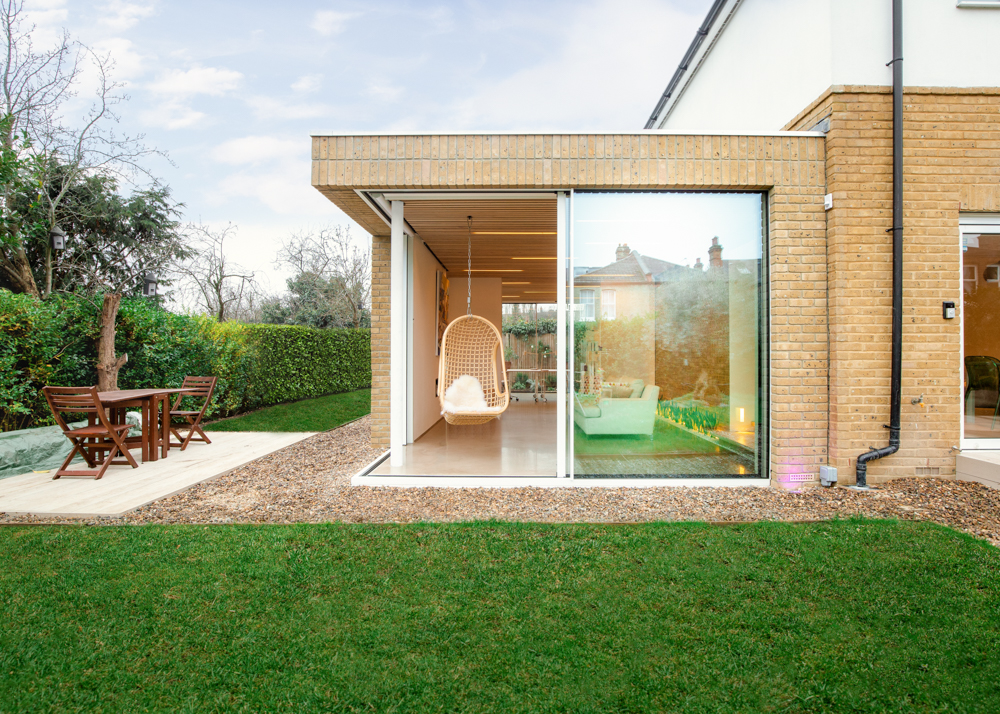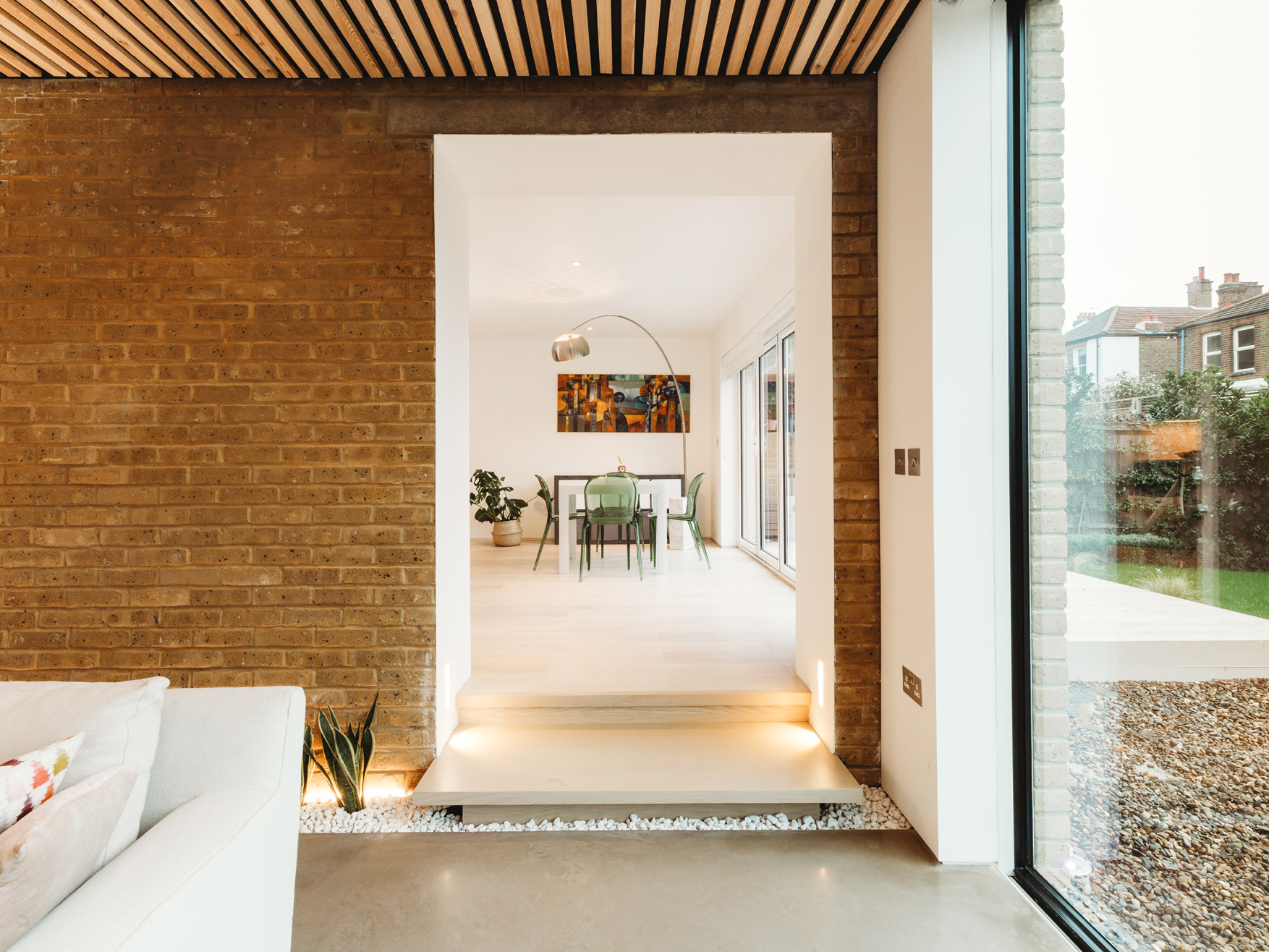It’s well known that brick is a commonly used building material for house extensions; it’s cost effective and resilient but with some thoughtful design, it can also look beautiful. Michele Pecoraro, from P+P Architects, uses brick extensively in residential work. His studio has used brick not only for its inherent practical credentials but also as an attractive, exterior cladding material and internally as a decorative finish. This article is Michele’s breakdown of why you should consider brick as a building material for your home building or renovation project.
See Michele’s full profile on Design for Me and shortlist his practice for your home extension, renovation or new build project.
Benefits of brick
1. Aesthetic sensitivity to the local area
Brick has been used as a building material for thousands of years. It’s always fascinating to discover the history behind each type of brick, which is a combination of local production techniques with the locally-sourced natural materials. For example, Smeed Dean London stock brick was originally made with ash and clinker from the fire grates of Victorian London, mixed with local chalk and brick earth to create the original London stock bricks.
Because bricks traditionally get their unique characteristics from the source area, it’s often regarded as a material which can be aesthetically sensitive and in-keeping with the local vernacular. This may be of particular interest to your local planning authority if you are seeking planning permission.
2. Easy to repair
The use of brick as material has been successful because the longevity of the material itself and also due to its relatively small size and flexibility in the joint. This allows minor adjustments and easy repair to structures.
3. Resistance to elements
The material responds well to the two ‘parent’ elements which provide key roles in its production: water and fire.
Fire and heat
Brick cladding is highly resistant to fire. It can absorb a significant amount of heat without changing its physical characteristics. Brick also has high thermal mass capabilities, which means it can absorb heat during the day and slowly release it at night, reducing dependency on mechanical heating and cooling.
Weather resistance
Brick is also able to withstand various external conditions such as rain and snow, absorbing slowly the external element and then releasing it as natural transpiration.
For that reason, it quite important to allow the bricks to breathe and perform their natural behaviour to avoid saturation. Consequently, they are perfectly suited to common cavity wall construction, especially if it’s a ventilated façade, offering a perfect shield to rain or sun.
4. Design flexibility
Not only do bricks come in a variety of shapes and sizes, architects often experiment with different bonding patterns. The arrangement itself can create texture and interest. The new Tate modern extension by architects Herzog and De Meuron creates a three-dimensional texture. Architect Mario Botta uses brick to create unique, geometric facade patterns.
Most bricks, however, have a standard dimension, regardless of their finish or texture. A brick dimension table can assist architects to design the cladding, following the brick module in a horizontal or vertical pattern.
Brick as a decorative element – externally and internally
In small-scale projects it’s becoming increasingly common to use brick as an internal finish. This can be simply an existing external wall that becomes part of the side or rear extensions, or to be applied as tile bricks (commonly known as slip bricks).
Slip bricks are similar to tiles and, once installed, it is hard to distinguish between a slip brick and a real, full-depth brick.
A parametric application can bring the use of brick to a different level, where the control of each single brick can create movement.
P+P Architects’ single-storey house extension in South-West London is a lesson in materiality and subtle detailing. Bricks have been used externally to match the existing house and also internally to create a feature wall. The existing end-of-terrace house comprises yellow London stock brick cladding on the ground floor with white render above.

The use of brick has allowed for clean architectural forms for the extension, together with slightly recessed mortar joints, which highlight the texture of the brick and the different bonds employed.

Inside, the brick wall is incorporated into the open-plan living space, providing colour and texture. This element is augmented by a pebbled strip planted with aloes and snake plants, bringing the outdoors inside (adopting the industry trend for biophilic and bioclimatic design).
Michele Pecoraro P+P Architects


